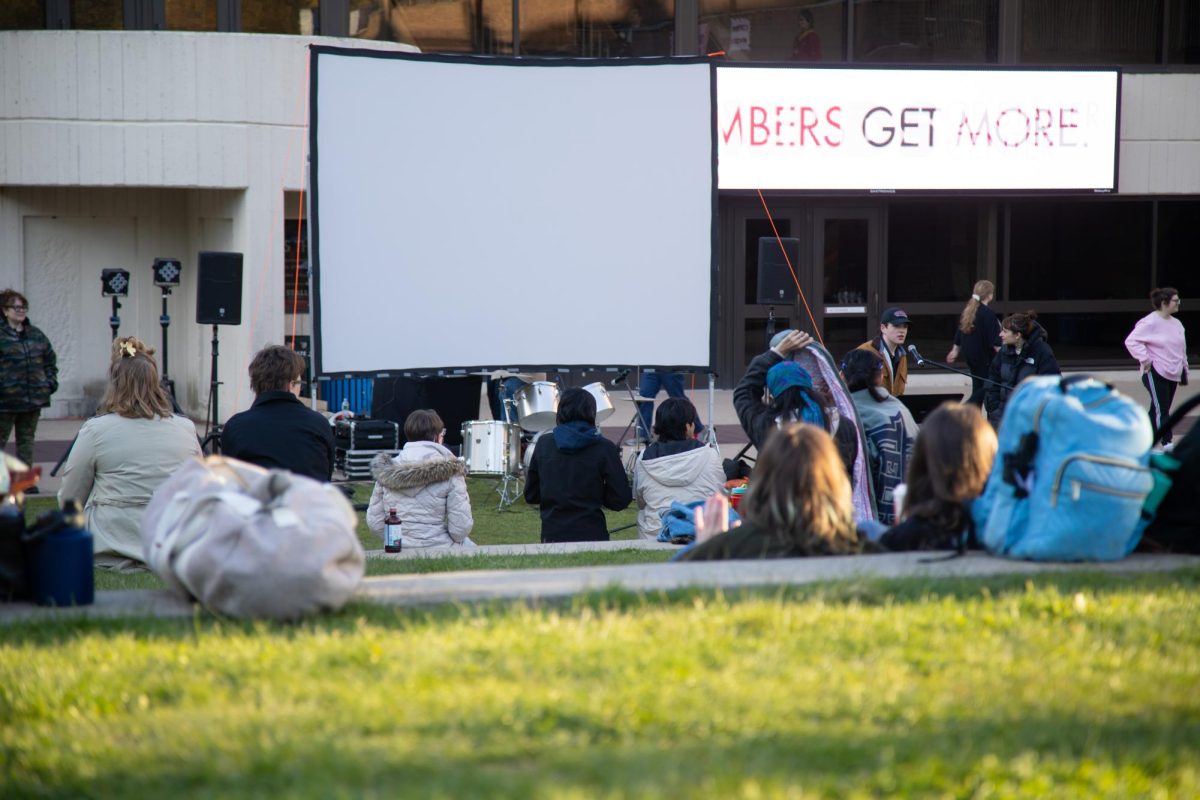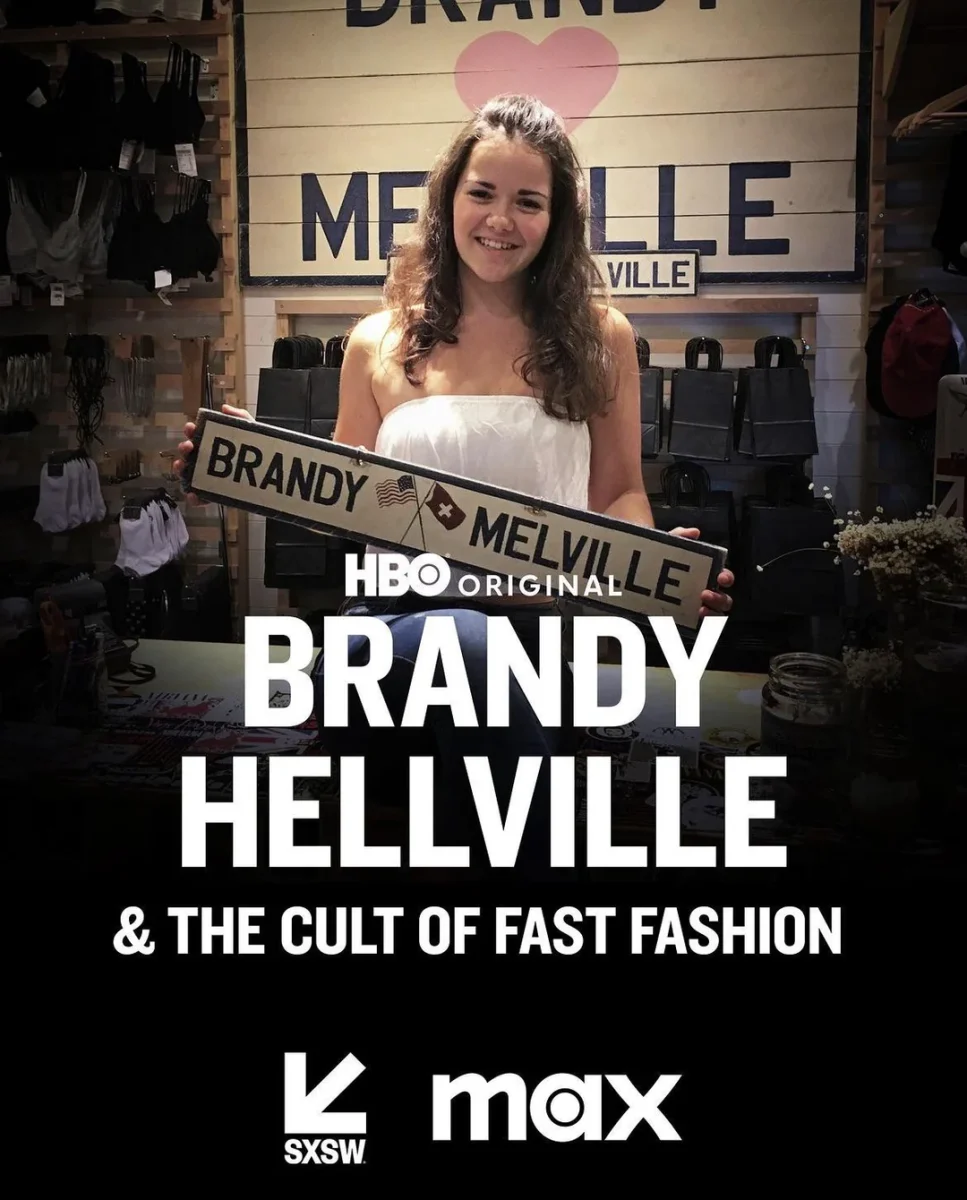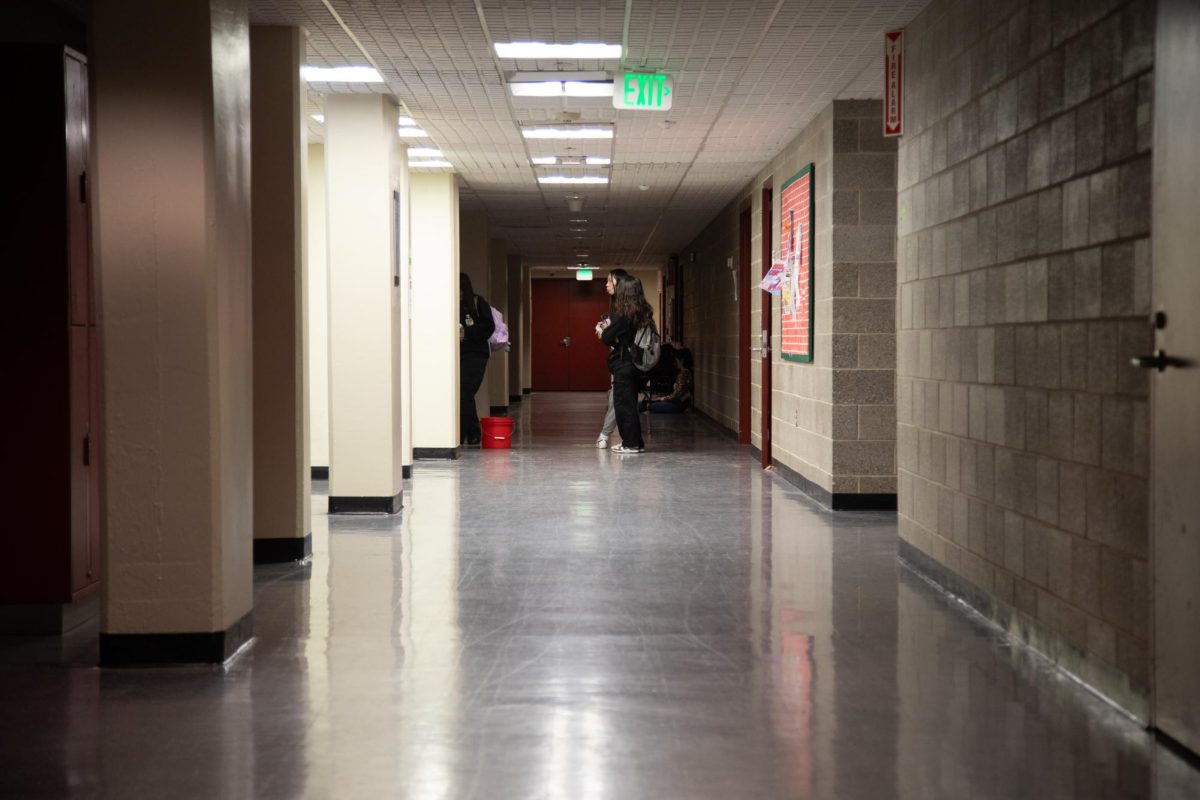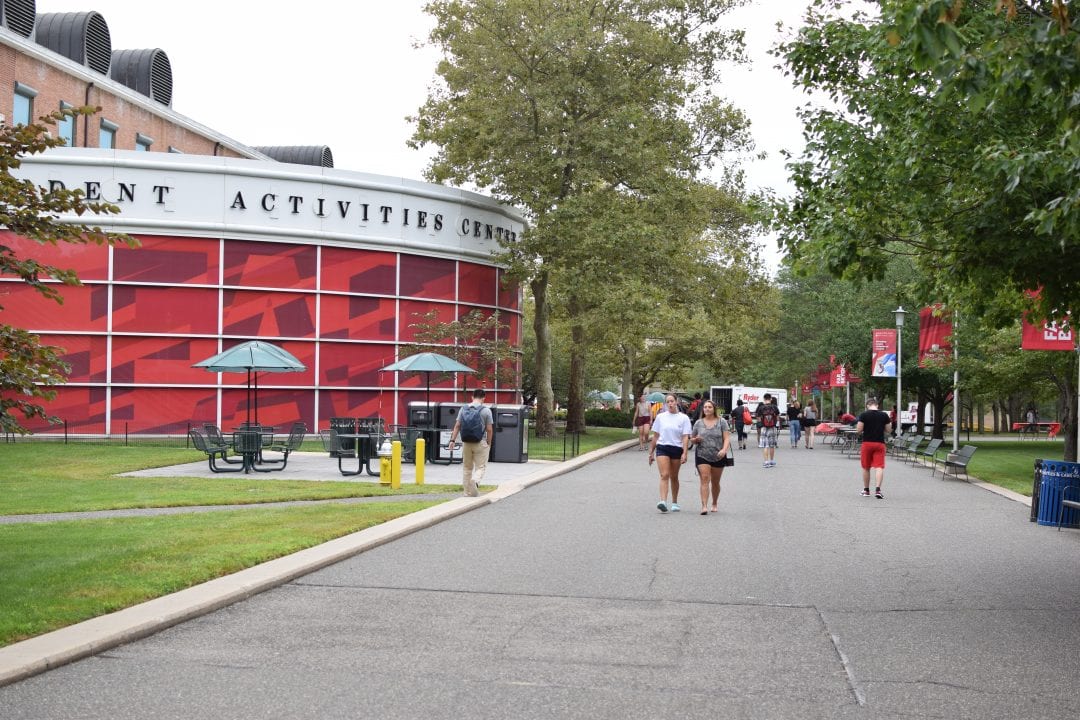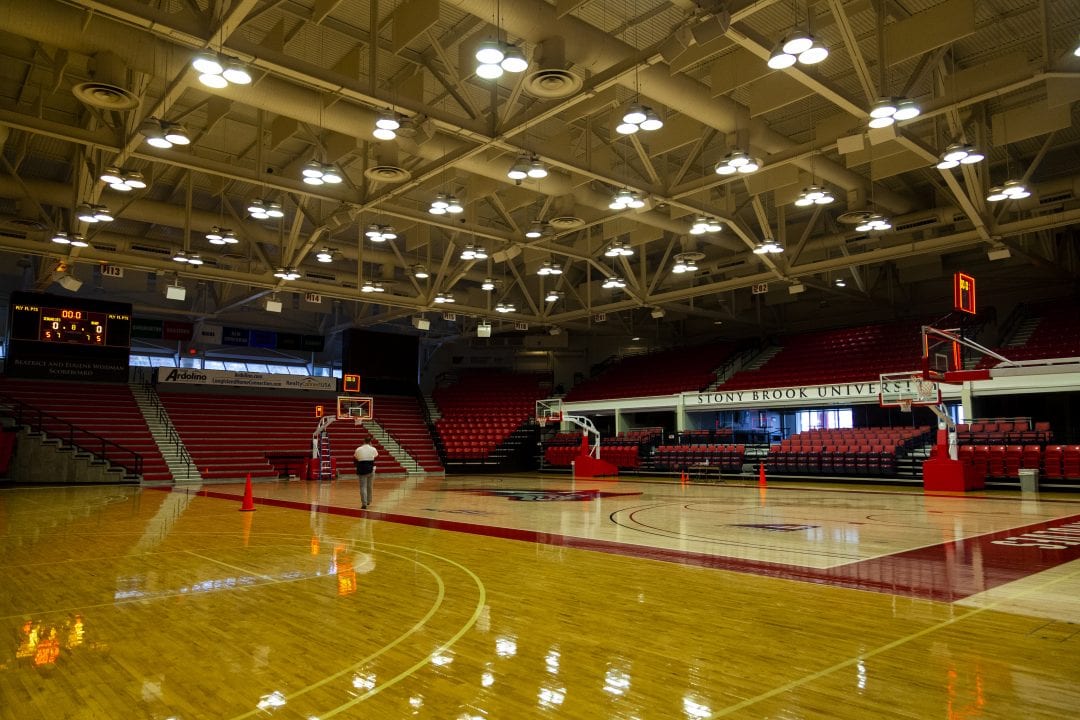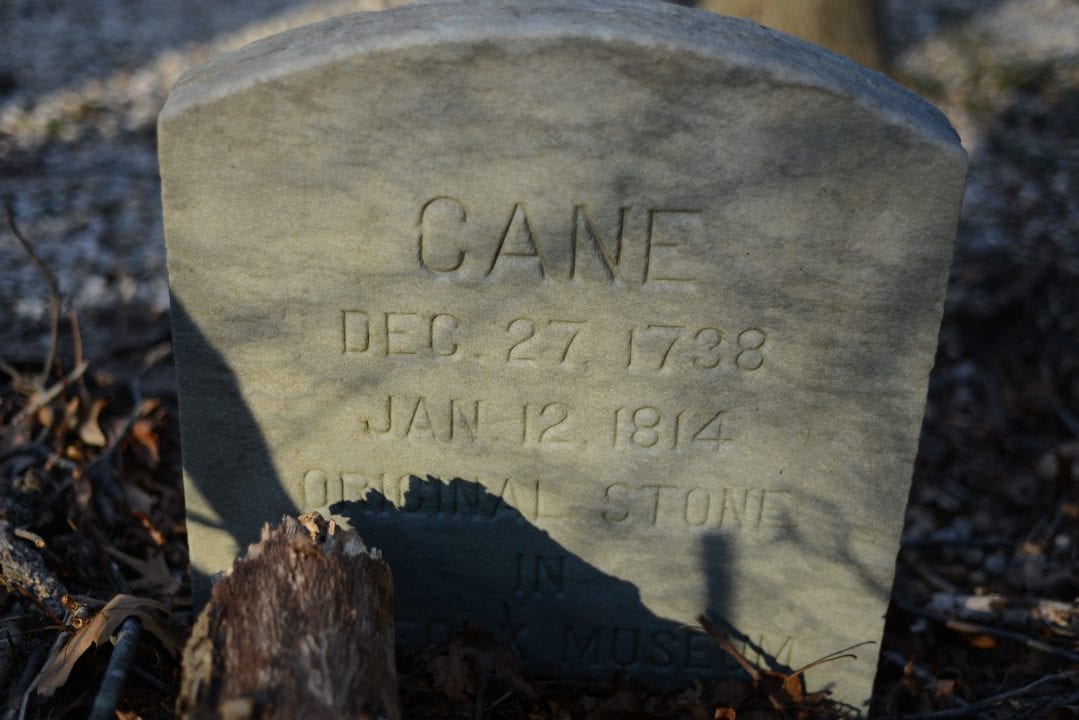An unmade bed was sold as an over-four-million-dollar art installation in 2014 in London. A simple cream-colored bed, with its blankets ajar and crumpled, wrinkled pillowcases untouched from where its occupant and creator, Tracey Emin, slept for four days after a heartbreak. She named it “My Bed.” She calls the bed a time capsule, a part of history. The piece serves as an expression of her innermost feelings.
According to Long Island artist and art instructor Kevin McEvoy, art like “My Bed” may be what is creating the divide between art patrons, admirers and the artists themselves. In response to the unmade bed, McEvoy says the general public was very insulted.
“I sometimes understand why in the modern day why the arts are not funded all that well, and one of the reasons I think is that when I get together with other artists I find that a lot of artists are so obsessed with self expression that they forget about their audience,” McEvoy said.
These thoughts are controversial among artists.
As his artist friends lament the loss of funding of the arts, he asks if they care for the community, the people who are giving their money to the arts. “The fact of the matter is that some artists really care for the community and are really trying to connect and they lose funding and that’s tragic,” he said.
During a time when art is becoming a highly personal depiction of inner expression, arts organizations across Long Island are trying to make art more accessible and appealing to public. Trying to stray from confusing art that is associated with both excessive simplicity and opulence, programs targeting infusion of art in the lives of all types of potential artists are popping up across the Island.
Funding for local arts organizations typically comes from a combination of grants, endowments, tuition costs from classes, exhibition costs, the government and the fees artists pay to be displayed in shows.
The Art League of Long Island holds programs called “Try-Day Nights,” which were developed to give people interested in the arts an opportunity to try out different types of classes before committing to the full cost and time of a class.
“The reason we are trying is because a lot of our classes are very expensive,” said Zach Krugman, the Chief Preparator of the Art League of Long Island. “We are trying to give people a way to try a class to see if it triggers some inspiration and hopefully sign up for a full class.”
The classes that are offered include watercolor painting, jewelry crafting, printmaking photography and oil painting among many other specializations.
According to Krugman, the Try-Day Night programs have been happening for about a year and are very successful in accumulating interest in the arts, exemplifying how local artists can give back to the community through educating others in their specializations.
Neil Watson joined the Long Island Museum as its executive director in 2013. The museum is the only Smithsonian affiliate in the region and it houses several types of art. It has a special feature of horse-drawn carriages and displays American historical art with a special focus on Long Island history.
“I think that the thing about it is that artists have a huge challenge to show their work and share their work,” Watson said of the arts culture on Long Island. “Long Island unfortunately does not have a great system for artists to show their artwork.”
In order to maintain funding and inspire Long Islanders to take interest in the world of local arts, Watson says he, like many others, tries to engage the community on a personal level.
“You are trying to create a different type of experience for people and so for us to offer different kinds of program is what it key to being here for the culture and the community,” Watson said. “What we do is add value to the community and add value to the real estate– the more vibrant cultural organizations that are in a community, the more people are willing to pay and home values are very closely related to that.”
Charlee Miller, the executive director of the Art League of Long Island says that bringing artistic programs to the community is a costly endeavor. Miller worked in financial services at JPMorgan Chase and National Westminster Bank for over 20 years and is familiar with monetary matters. She took classes at the Art League of Long Island before she became the director.
“It is always difficult for a not for profit to get funding so we are trying to launch the program for funding the fashion and architecture classes and we are looking for donors for scholarships,” Miller said. “Not for profits always need money and we have a building with nine studios so we need a lot of money to run the place – it is tough but we never lose the energy to want to inspire encourage and excite people who are interested in art and want to do art.”
Leaving Long Island from the Queens-Midtown Expressway, cars approach a simple block-lettered billboard salutes goodbye to city-goers saying, “now leaving the city of dreams.” The art greets everyone who passes.
An industrial structure made into public art reflects the versatility of art among social classes. Peter Tunney, originally an artist from New York, set sights for the south with his exhibition in the “Wynwood Walls” located in Miami. The exhibition is part of the Peter Tunney Experience.
Tunney along with a number of other artists have revived this once dilapidated section of Miami into a thriving art district with their creative influence that dance across concrete walls, sidewalks and even fire hydrants.
It is an all-encompassing artistic experience for the public and art buyers alike.
Employee of the Wynwood art exhibits, Diana Yom, works at the exhibit throughout the day, as people move throughout the space. The exhibit attracts people of all ages, ethnicities and social classes.
“We don’t ask for donations from people,” Yom said. She says people should think about the variables that add up to what allows a gallery to stay open when enjoying the art. “Who’s paying for all this, who’s paying the rent to have this place open, who’s paying for the lights? Those are things you have to consider,” Yom said. “It’s free for the public, we are not asking for donations so how can you say this is for the elite, it’s for you to enjoy it.”
On the statewide level, the New York State Council on the Arts funding has actually increased according to Ronni Reich, the director of public information for the council. According to Reich, funding has increased by 27 percent since the 2011-2012 spending year. The NYSCA is funded through annual appropriations made by the New York State legislature under Governor Andrew M. Cuomo.
“Government funding for the arts in New York State has not suffered recent cuts,” Reich said. “On the contrary, funding for the New York State Council on the Arts has increased steadily over the past five years and we are grateful for Governor Cuomo and the New York State legislature’s devoted support.”
In addition to promoting creativity to citizens across the state, New York’s Regional Economic Development Council support projects that stimulate economies, create jobs and build community through the arts, according to Reich.
“We believe that art is for everyone,” Reich said. “We support projects and organizations that express diverse viewpoints and provide access to the arts for all ages, ethnicities, genders, abilities and income levels in all 62 New York State counties.”
Back on Long Island, Watson thinks of ways to connect people with the art they see, aiming to create a new experience for viewers.
“People love good art, whether it is music or anything else they really do respond to it,” Watson said. “And so for a museum and an arts organization, my philosophy is you have to do more than hang a picture on the wall and tell people to come see it.”
FEATURE IMAGE: DMADEO/WIKIMEDIACOMMONS


